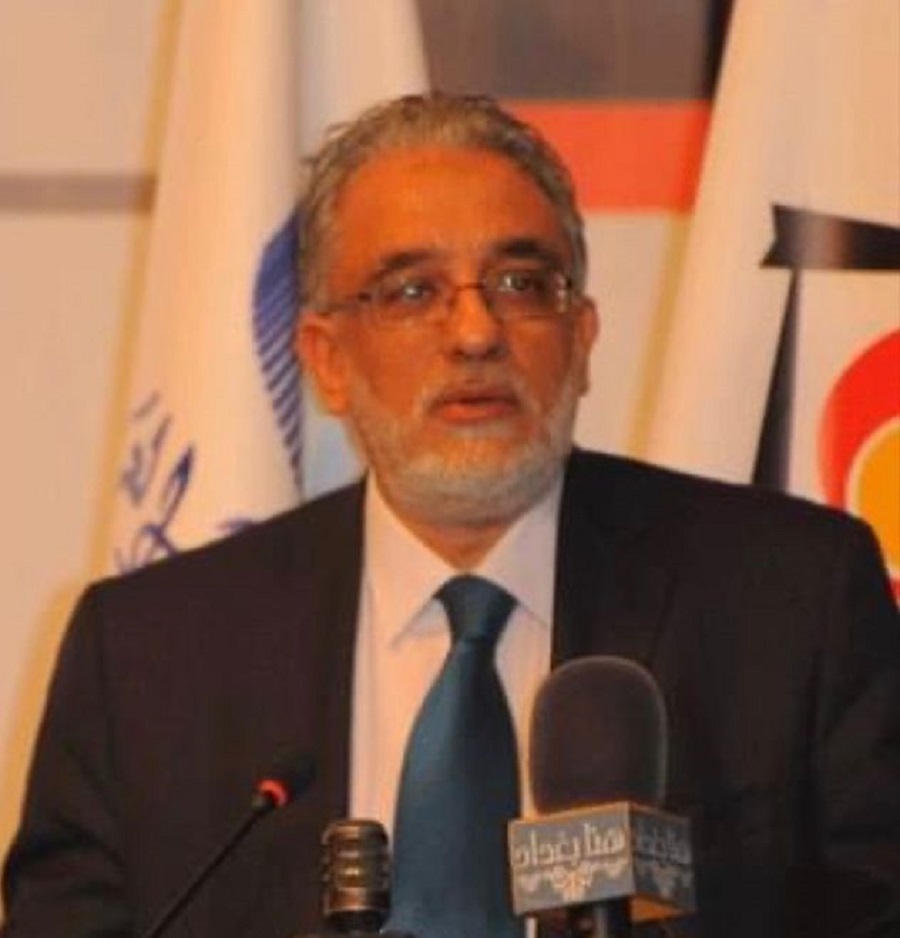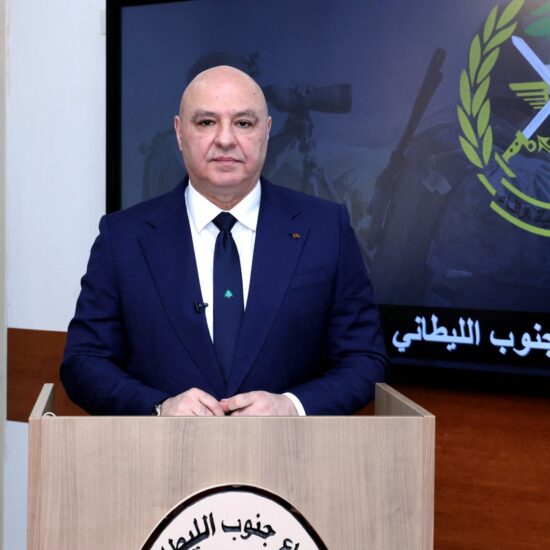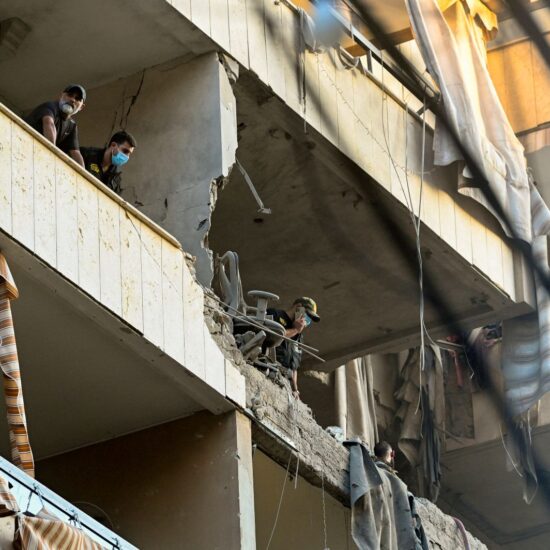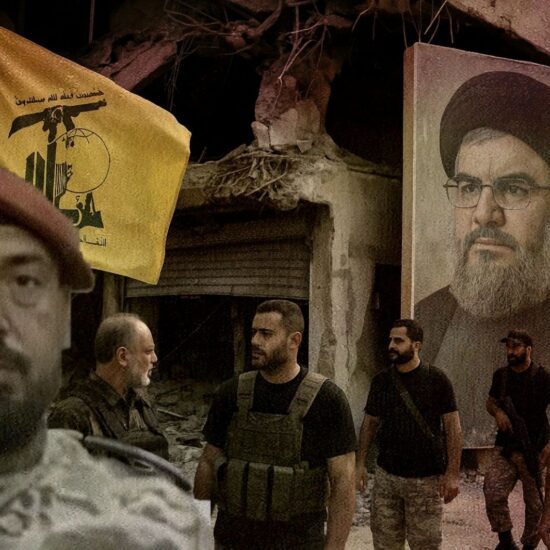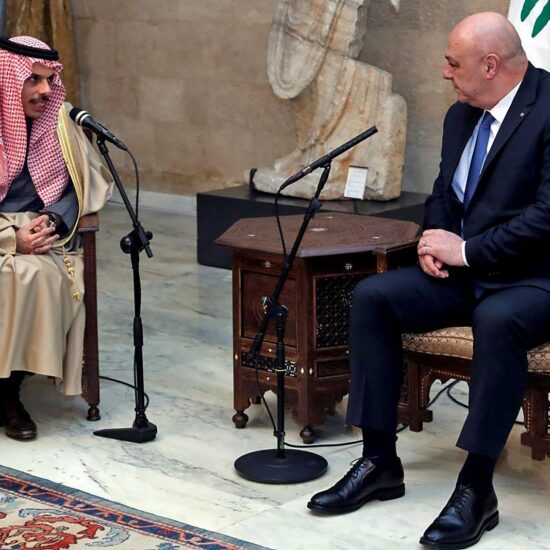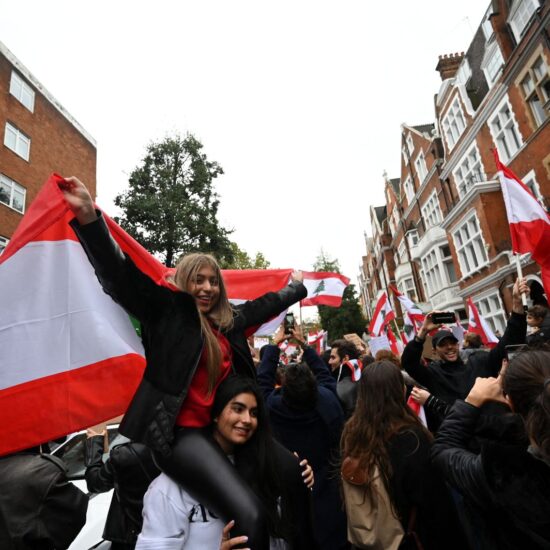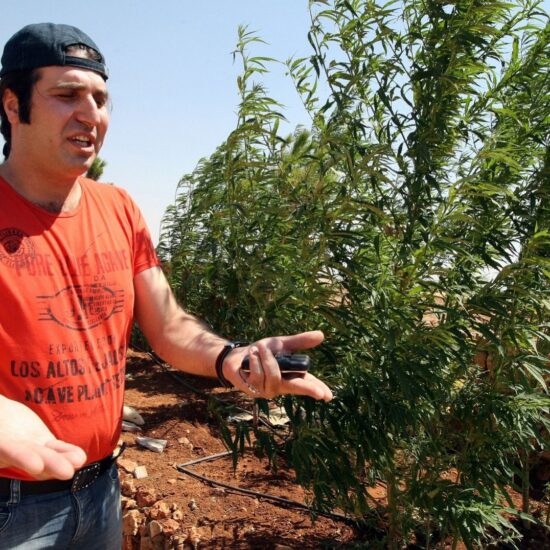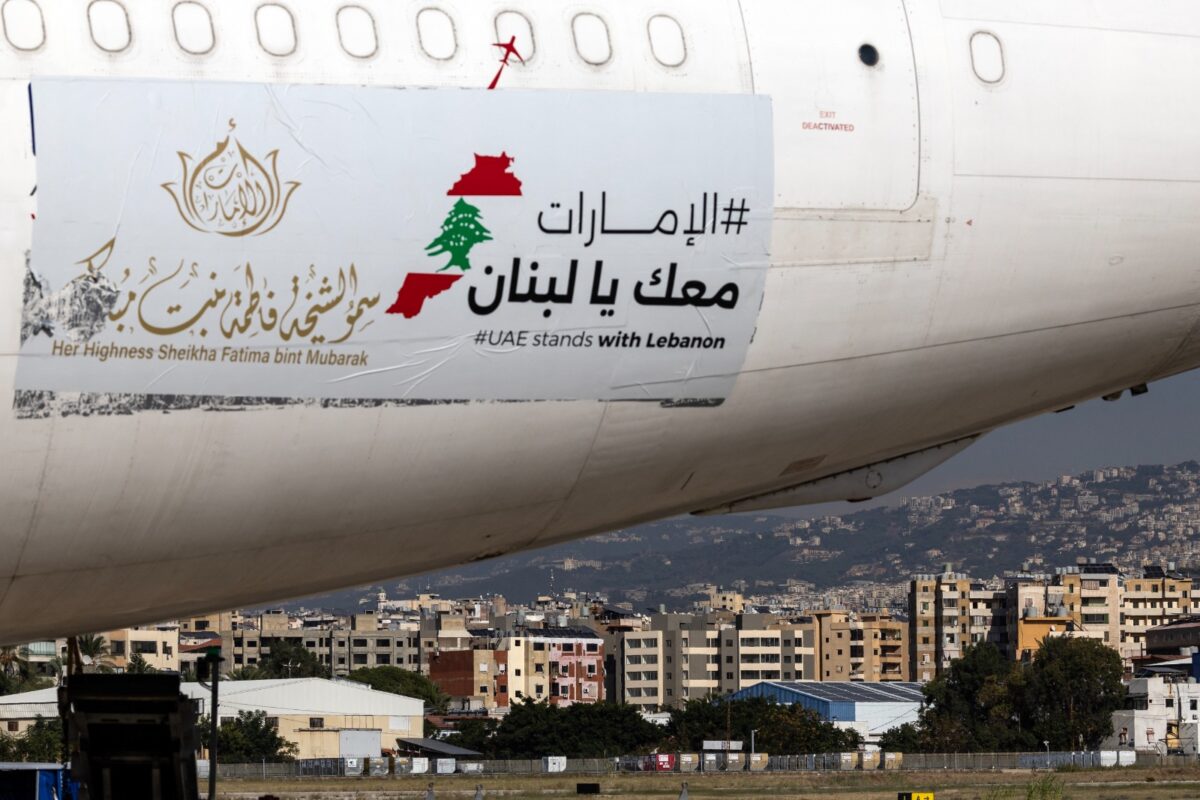
Only 25% of the annual appeal has been met, highlighting a significant funding gap in addressing urgent humanitarian needs
Lebanon is currently grappling with a humanitarian crisis that has escalated dramatically due to ongoing conflict, economic instability, and a fragmented social protection system. Since 17 September 2024, Lebanon has experienced an unprecedented surge in casualties and displacement, dramatically compounding the already profound toll of over 11 months of violence. The escalation in hostilities extends to previously unaffected areas and has caused widespread destruction of homes and infrastructure across the country.
The toll of the war
The human toll of the conflict is staggering. Reports indicate that over 558 individuals were killed in a single day of intense bombardment by Israeli forces, marking one of the deadliest days in recent history. The Lebanese Ministry of Health has struggled to keep accurate records amid the chaos, leading to fears that many casualties may never be officially recognized. Additionally, with over half a million people displaced from their homes, the psychological and emotional scars of war will linger long after physical reconstruction begins. National authorities estimate that over 1 million people are now directly affected and/or displaced by the conflict, including 11,600 pregnant women, with 3,900 women expected to give birth within the next three months. Tens of thousands of women and girls have sought refuge in collective sites in Lebanon, exacerbating vulnerabilities to gender-based violence (GBV). These women urgently need access to life-saving sexual and reproductive health (SRH) services, protection, hygiene, clean water and nutrition services. It is anticipated that needs will continue to rise, further exacerbating a crisis that has overwhelmed the nation’s already strained resources and infrastructure, and particularly impacting vulnerable populations who lack access to essential services and basic necessities.
Around 1,600 people have been killed, including 104 children, and more than 9,000 injured since 8 October 2023 – the majority of them within the past 2 weeks (MoPH). Dozens of women and children are among the dead as well as two UNHCR staff members. Approximately 177,000 Syrian and 63,000 Lebanese nationals have crossed into Syria to escape violence (DRM unit), a country where humanitarian needs have already reached unprecedented levels and where basic services are overstretched.
As the nation faces unprecedented challenges, it is crucial to evaluate whether relief actions are effectively addressing the needs of the population. According to recent reports, over one million people have been displaced due to escalating violence, surpassing the displacement figures from the 2006 war. The humanitarian community has responded with appeals for substantial funding—Usd2.72 billion for 2024—to address the multifaceted crises affecting Lebanese citizens and refugees alike according to UN sources.
An investigation published by NamaRelief research, a new initiative sponsored by the National Council for Entrepreneurship and Innovation said that “following needs assessments in Lebanon say that the new appeal launched in October 2024 aims to raise $426 million to support one million people affected by the ongoing conflict, there has not been any follow-up on this”. Further, for the private ngos only about 25% of the annual appeal has been met, highlighting a significant funding gap in addressing the urgent humanitarian needs, the research quoted.
According to Nathalie Rubeiz president and founder of NAMA RELIEF humanitarian and development aid must adhere to the principles of aid
Effectiveness such as “The Paris Declaration on Aid Effectiveness” issued in 2005, the “Accra Agenda for Action” in 2008 and subsequent conferences that culminated in the “Busan Partnership for Effective Development Cooperation” in 2011 which defined the aid effectiveness principles,
As of mid-2024, only 25% of this funding has been secured, raising concerns about the adequacy of resources available for relief actions, Rubeiz who was talking to NOWLEBANON said.
Losses are still to be accounted for
Figures of the report say that approximately Usd780.1 million was reported as total humanitarian funding for Lebanon in 2023, whereas “Lebanon Emergency Response Plan” required Usd200.2 million, out of which only Usd108.9 million (54.4%) was funded.
“The Syrian Arab Republic Regional Refugee and Resilience Plan (3RP)” sought Usd3.8 billion, but only $521.1 million (13.6%) was secured, the report disclosed.
Rubeiz disclosed that according to NAMA RELIEF research, the aid dispatched to Lebanon is still dire. NAMA RELIEF research highlighted the “Lebanon Humanitarian Fund” (LHF) allocated Usd24 million for urgent support, with Usd10 million directed specifically towards emergency relief in South Lebanon and Usd13 million for vulnerable communities across the country, the UN’s CERF promised Usd 9 million in April and an additional Usd10 million in August 2024 to support life-critical needs and the “Flash Appeal” for 2024 launched on October 1, 2024, seeking Usd426 million to assist approximately one million people affected by the conflict.
According to Rubeiz only about 25% of the annual appeal has been met, highlighting a significant funding gap in addressing the urgent humanitarian needs.
Challenges Faced by Relief Efforts
One of the primary challenges facing relief operations is the fragmented nature of Lebanon’s social protection system. The existing safety nets are underfunded and primarily reliant on international aid, which limits their reach and effectiveness. Reports indicate that current humanitarian responses are largely limited to cash transfers and in-kind donations that do not adequately meet the needs of the displaced population. Moreover, there is a critical need for better coordination between humanitarian organizations and governmental bodies to avoid creating parallel systems that could lead to inefficiencies. The humanitarian landscape is further complicated by Lebanon’s economic collapse, which has left more than half of its population living below the poverty line.
According to Rubeiz based on their search results, Lebanon’s social protection system is already fragmented and underfunded, struggling to meet the humanitarian needs of the affected population. Beyond immediate relief efforts, there is a pressing need for long-term strategies that focus on rebuilding Lebanon’s economy and infrastructure. This includes investing in sustainable development initiatives that can provide lasting support for vulnerable populations.
The existing social safety nets offer limited coverage and are heavily dependent on international funding as the emergency response has been inadequate and limited to cash transfers and in-kind donations reaching only a small portion of those in need, she added.
Coordination and transparency needed
There is an urgent need for a more comprehensive and coordinated approach to address the crisis – one that involves immediate humanitarian assistance as well as longer-term social protection measures, NAMA RELEIF research highlighted.
Aid workers are calling for greater international support and coordination to ensure assistance reaches displaced populations in both urban and rural areas as the government’s initial action plan did not provide financial or social assistance to vulnerable groups or sectors affected by the crisis, she stated.
The only way out to increase aid effectiveness is by developing a national, home-grown, inclusive, multi-sectoral strategy, whereby intervention sectors are prioritized and aid is allocated to projects based on a rights based development framework she said. Also reinforcing ownership, transparency and accountability in the Lebanese public sector and in donors providing aid to Lebanon is a must she quoted. Advocating for the involvement of civil society in all aspects of the development and monitoring of development strategies, in order to help ensure that local priorities and citizens’ voices are included, with a view to ensuring that rights are protected would be another alternative she added.
Rubeiz underlined that one of the main priorities of NAMA RELEIF action is carrying out local monitoring, evaluation and impact assessments in parallel with donor assessments in order to mutually assess success and weaknesses, as well as mutually practice accountability mechanisms.
Putting more pressure on the system according to NAMA RELIEF research is that the health system continues to be targeted and government-led protection programs for women and girls have been disrupted. Since October 2023, there have been 11 attacks on health care, the closure of around 40 health facilities and a shortage of healthcare workers (WHO). At least 38 health personnel have been killed and 65 injured. Hospitals are reaching their capacity for managing mass casualty incidents while many healthcare providers have been displaced, especially in the South, Bekaa and South Beirut. Partners are delivering services at the community level where possible and stand ready to resume services in primary health care centers (PHCs).
The report highlights that essential infrastructure has been damaged, destroyed and strained. Before 20 September, at least 4,000 residential buildings had been destroyed, while 20,000 others severely damaged, since October 2023, according to the Council for South Lebanon. As of 28 September 2024, 25 water facilities are reported damaged impacting nearly 300,000 people, and 37 health facilities are closed across the country. Children’s access to education has also been directly impacted. Most of the 795 buildings that serve as collective centers are schools/educational establishments, affecting access to education for students. This adds to existing challenges for education caused by the COVID-19 pandemic, political instability, economic downturns, and continuous conflict.
We have all to work to enhance the effectiveness of relief actions in Lebanon, as Rubeiz suggested several recommendations that emerge from their investigation.
Namely there is a need to establishing a unified framework that integrates humanitarian assistance with existing social protection mechanisms is essential. This would facilitate better resource allocation and ensure that aid reaches those most in need without duplication of efforts. This includes improving transparency and accountability in how funds are utilized within relief operations.
Involving local communities in the planning and implementation of relief efforts can lead to more tailored responses that address specific needs, she added. Empowering community leaders can also foster trust and improve communication between aid organizations and affected populations, she concluded.
What about “the day after”?
The unaccounted losses from the Israel-Lebanon war are not just statistics; they represent lives shattered and communities devastated. As Lebanon faces an uncertain future marked by displacement, economic hardship, and psychological trauma, it is imperative that both local leaders and international stakeholders prioritize recovery efforts. Only through concerted action can Lebanon hope to rebuild and find a path toward lasting peace and stability in a region fraught with challenges.
“I am really concerned about the “unaccounted” losses and traumas that Lebanese will endure in the day after the conflict” she quoted.
On the day after we need all of us to answer the questions of emotional stability and jobs relocations. Lebanese citizens, particularly those in areas targeted by Israeli strikes or near the border, experienced heightened fear and anxiety this ongoing threat of violence contributes to a pervasive sense of insecurity, she said.
Also many Lebanese families faced displacement due to military actions, leading to grief and loss that can trigger mental health issues such as depression and anxiety disorders, she added.
In Lebanon, mental health issues are often stigmatized, which can hinder individuals from seeking help. We need to answer how to alleviate societal pressure which can exacerbate feelings of isolation among those suffering from mental disturbances related to the conflict, she concluded.
Where do we go from here?
The current state of relief actions in Lebanon reveals a complex interplay between urgent humanitarian needs and systemic challenges exacerbated by conflict and economic instability.
According to Rubeiz, the scarcity of aid in Lebanon need to force us to look for a new paradigm on aid relief, relief workers have to rely on their own resources and ingenuity. NAMA RELIEF proposes to launch social entrepreneurship projects to address pressing social and economic challenges. By launching innovative initiatives that combine social impact with financial sustainability, social entrepreneurs need to create solutions that empower communities and drive positive change, he proposed. These actions not only alleviate immediate needs but also foster long-term resilience and self-sufficiency, demonstrating the Lebanese people’s unwavering determination to overcome adversity she quoted.
While various organizations are making commendable efforts to provide assistance, significant gaps remain in coordination, funding, and overall effectiveness. By adopting a more integrated approach that prioritizes community involvement and long-term solutions, Lebanon can begin to navigate its way out of this crisis—transforming despair into hope for its future. As Lebanon continues to face these daunting challenges, it is imperative that both local and international stakeholders come together to support effective relief actions that can truly make a difference in the lives of those affected by this ongoing crisis.
Maan Barazy is an economist and founder and president of the National Council of Entrepreneurship and Innovation. He tweets @maanbarazy.
The views in this story reflect those of the author alone and do not necessarily reflect the beliefs of NOW


